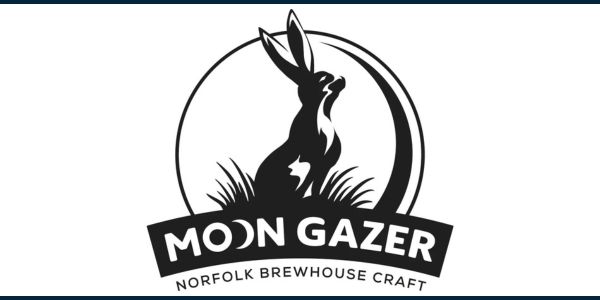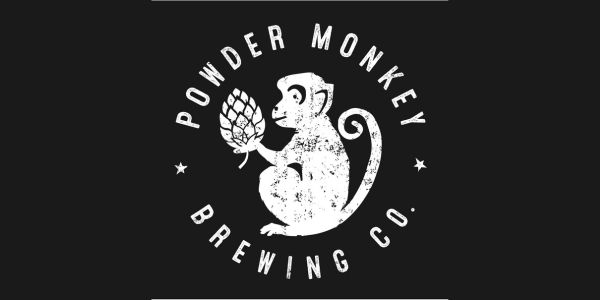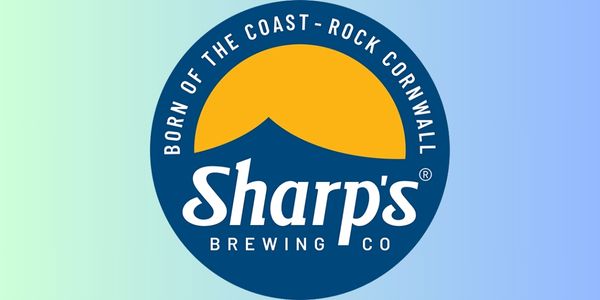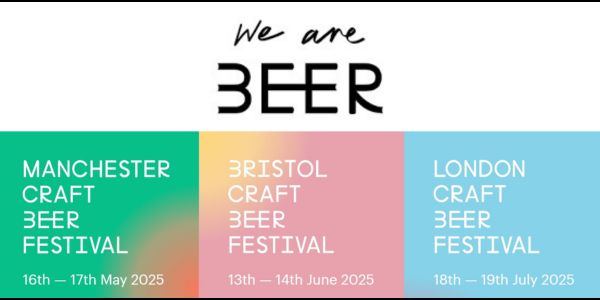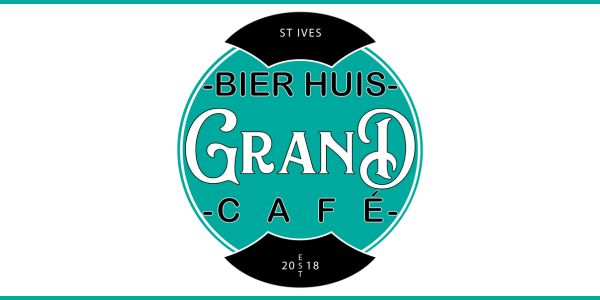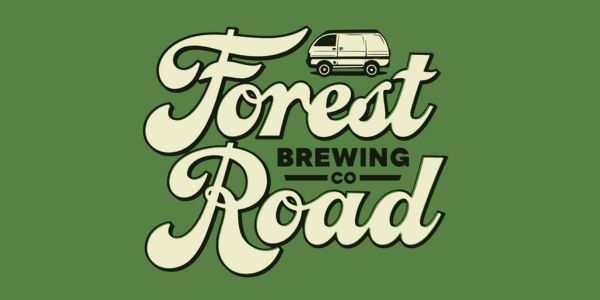By Lotte Peplow, European craft beer ambassador for the Brewers Association
The dust has settled on another spectacular Great American Beer Festival (GABF), America’s premier beer festival, held annually in Denver, Colorado.

Attracting tens of thousands of people, the festival — organised by the Brewers Association, the not-for-profit trade association representing small and independent American craft brewers — continues to evolve and innovate, reflecting the changing tastes of today’s consumers.
While beer remains the undisputed star of the show, the presence of spirits, cider, hard kombucha, hard seltzers, hard tea, ready-to-drink cocktails, gluten-free and low/no-alcohol options, all have a place in today’s contemporary drinking culture.
In addition to a beverage bonanza, GABF delivered a full-scale sensory eventm with breweries grouped into themed experience areas. Highlights included:

- Prost! inspired by traditional German biergartens;
- Score! a sports fan’s haven;
- Fright, a timely Halloween-themed zone; and
- Blast Off (pictured above), bringing out-of-this-world flavour from beyond beer beverages.
The Meet the Brewer section offered the chance to hang out with the men and women behind a beer or other beverage’s production. Chill, a laid-back, backyard-style space, hosted live music, lawn games, and unique brews, and new this year, the Mile High Stage brought high-voltage live music and other entertainment.
“People still come for the beer, but they also want variety, entertainment, and experiences that reflect today’s broader beverage culture,” said Ann Obenchain, the Brewers Association’s vice-president of marketing and communication.
Running alongside the festival PAIRED, the culinary showcase, united Michelin-starred chefs creating mouth-watering small bites with high-quality American craft beers.
With around 500 breweries, cideries, distilleries, and other beverage producers pouring more than 2,000 beverages, the festival offered something for every palate. Here are the latest trends.
The haze craze lives on
Even after a decade in the spotlight, juicy/hazy IPAs continue to dominate the American craft beer landscape. Originating in Vermont in the early 2000s, the style exploded in popularity by the mid-2010s, capturing beer drinkers’ interest with its unfiltered appearance, fruit-forward character, and ease of drinking.
The Brewers Association recognised the juicy/hazy IPA style as an official category in 2018, and it has since become the most competitive category at both the GABF competition and the World Beer Cup.
At this year’s GABF, top honours went to Destihl Brewery’s Tourbus Deadhead IPA. The wide range of ‘hazies’ showcased at the festival demonstrated the style’s staying power, as brewers find new and creative ways to refine mouthfeel, develop aroma and flavour, and layer complexity, while maintaining a subdued bitterness that appeals to first time drinkers as well as die-hard IPA fans. Flagship example, Sierra Nevada Brewing Co’s Hazy Little Thing, was launched in 2018, and is now the best-selling juicy/hazy IPA in the USA, and widely available around the world.

Lager than life
For many years, beer commentators have opined that “this is the year of the lager”. Judging by this year’s festival, perhaps that sentiment might finally ring true.
Brewers dazzled with an eclectic array of lager brewing excellence. From much-loved favourites such as Firestone Walker’s Pivo Pils to award winners such as Deschutes Fresh Hop King Crispy, there was every range of lager style conceivable, including dry-hopped, wet-hopped, fresh-hopped, smoked, lager with lime, salt, or fruits, Japanese rice lager, Mexican, Italian and Czech style lagers and the seasonally requisite Oktoberfest beers. Dunkels, Schwarzbiers, and Bocks were also out in force.
Packaging formats
Talking of lager, Sierra Nevada has recently taken the bold move of packaging their German style pilsner, PILS, in 8.4oz/250ml cans, claiming that it better reflects European culture and ensures the beer stays “fresh, crisp and cold from the first to the last sip”. Look out for it in the UK shortly.
On the other end of the scale, the 19.2oz/568ml/one pint can format, or ‘stovepipe’ is also proving popular, offering cash-conscious consumers more ‘bang for their buck’.
Beyond Beer
For the first time in its 43-year history, GABF introduced an all-new Distilling Experience, welcoming full-strength spirits to the festival floor. This showcased 20 distilleries, offering smooth whiskeys, refreshing vodka variations, bright botanical gins, and much more.
According to the Brewers Association’s annual production survey, one in four craft breweries produces a beverage other than beer as they seek to broaden appeal and remain relevant to shifting consumer tastes. Non-beer drinkers attending GABF could delight in the range of cider, kombucha, hard tea, and ready-to-drink cocktails, such as AleSmith’s Speedway Espresso Martini.
Low- and no-alcohol
A small but fast-growing segment of the beer industry, low- and no-alcohol options were well represented throughout the festival and reflected the mindful moderation trend. It was exciting to sample medal winners from the GABF competition and marvel at their high quality and nuanced flavour, such as brews from AleSmith Brewing Co, Athletic Brewing, Deschutes Brewing, Lakefront Brewery, Sierra Nevada and Samuel Adams.
The competition
This year’s GABF competition expanded on the launch of last year’s cider categories and featured a unique, one-time-only Vera Hop category.
Some 8,315 beers and ciders from 1,555 breweries and cideries were evaluated by 250 beer experts over the course of seven days, awarding 347 medals to 273 producers. Winning a medal at this competition is one of the highest accolades in the world, and several breweries with international export markets took home top honours.
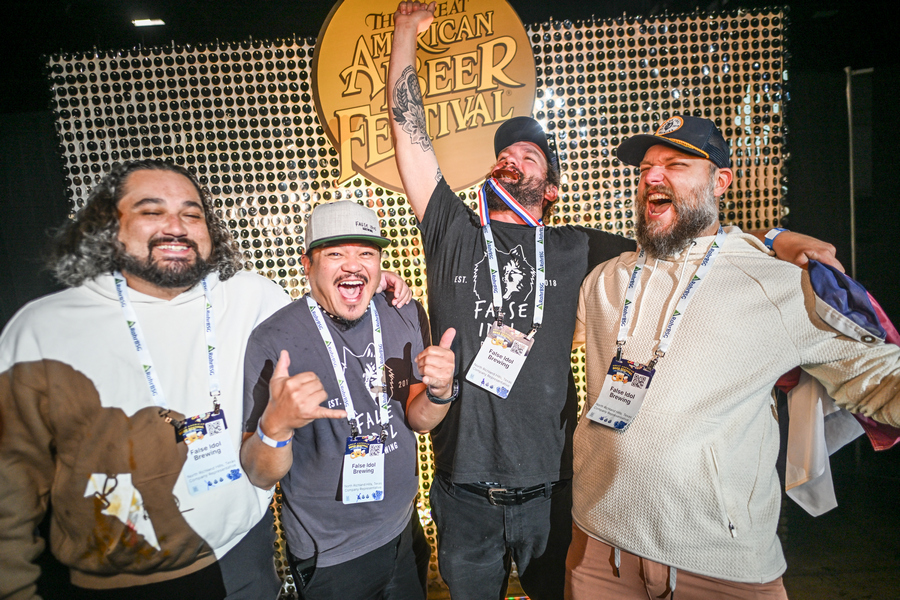
Allagash Brewing Co took gold for Allagash Tripel in the Belgian-style tripel class, gold for Allagash Lager in international-style pilsner, won the brewery group brewery title, and were named brewer of the year. Oskar Blues won gold for Oskar Blues Dales Pale Ale in the English ale category.
The five most entered categories were:
- Juicy or hazy India pale ale (301 entries)
- West Coast India pale ale (300 entries)
- Dortmunder or German-Style Oktoberfest (186 entries)
- German-style pilsener (184 entries)
- Hoppy lager (171 entries)
The Great American Beer Festival remains a one-of-a-kind event, unmatched anywhere in the world. From humble beginnings back in 1982, when 700 people gathered in Boulder, Colorado, to today’s celebration, the festival has always embodied beer’s unique ability to bring people together.
Fuelled by creativity, innovation, and a desire to push boundaries, the festival is changing and adapting with the times. New categories like ready-to-drink and alcohol-free options will ensure the festival stays fresh and relevant for all drinkers and their friends for many years to come.
See you next year!
Come and join the fun from 8th-10th October, 2026. You won’t be disappointed!
About the author
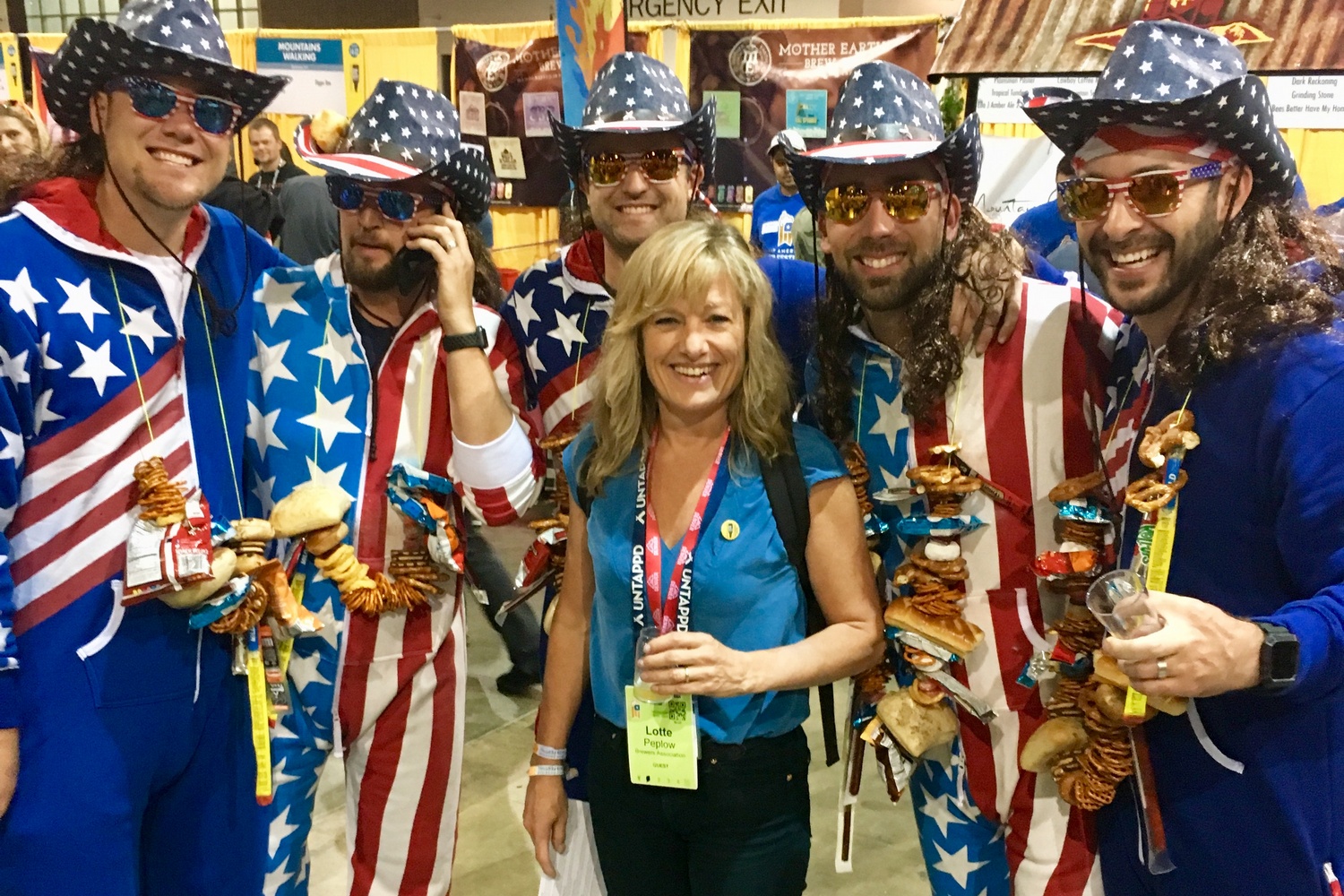
Lotte Peplow is the American Craft Beer Ambassador for Europe for the Brewers Association and is based in London. She is a certified cicerone, BDI-accredited beer sommelier, beer writer, author, beer communicator, international beer judge, homebrewer, and beer lover.


